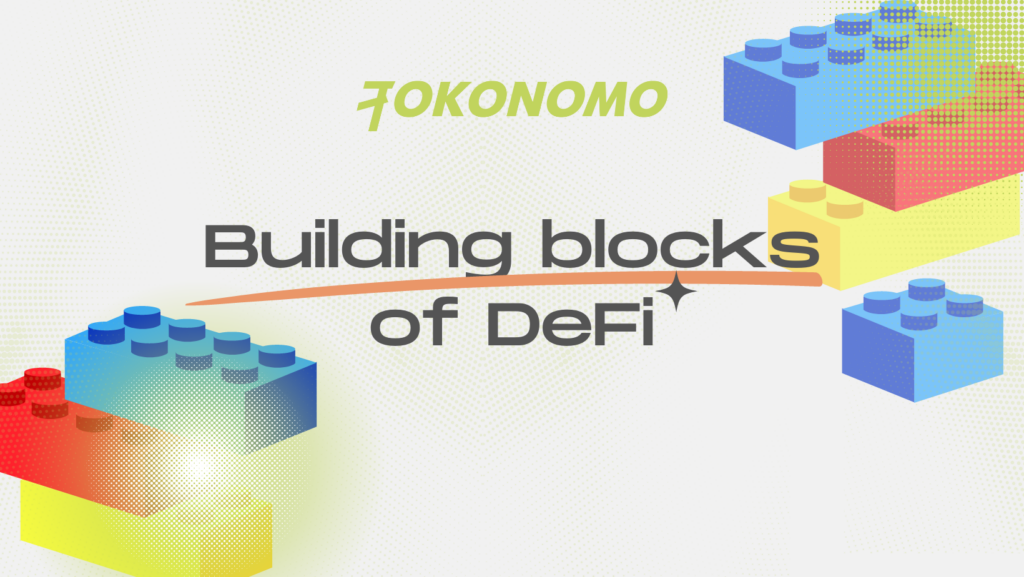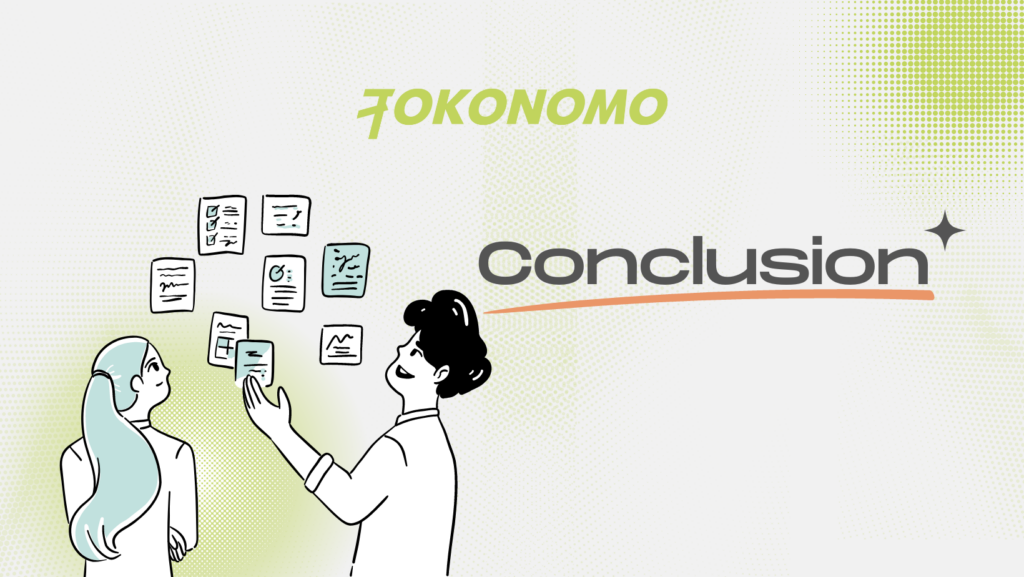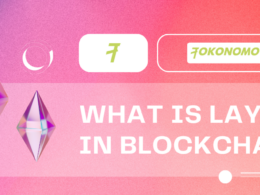DeFi, or Decentralized Finance, is a rapidly growing sector of the cryptocurrency industry. DeFi applications enable users to conduct financial transactions without the need for intermediaries, such as banks or other financial institutions. Instead, DeFi relies on smart contracts and blockchain technology to execute transactions in a decentralized and trustless manner. DeFi has grown in popularity because it offers transparency, accessibility, and the potential for higher returns than traditional financial services. In this article, we will provide a step-by-step guide to analyzing a DeFi token.
What are the key building blocks of DeFi?


Before we delve into the specifics of analyzing a DeFi token, it is essential to understand the key building blocks of DeFi. There are several important components of DeFi that make it an attractive option for investors and users:
Decentralized Exchanges (DEXs): DEXs are platforms that enable users to trade cryptocurrencies without the need for intermediaries. They operate on a peer-to-peer basis and use smart contracts to execute trades.
Lending and Borrowing Platforms: Lending and borrowing platforms enable users to lend and borrow cryptocurrencies. These platforms use smart contracts to enforce the terms of the loan and collateralize the loan with cryptocurrencies.
Stablecoins: Stablecoins are cryptocurrencies that are pegged to a fiat currency, such as the US dollar. They are designed to maintain a stable value and are used as a medium of exchange and a store of value.
Automated Market Makers (AMMs): AMMs are algorithms that determine the price of a cryptocurrency based on supply and demand. They are used on DEXs to enable users to trade cryptocurrencies without the need for traditional order books.
Start with the fundamentals of a good DeFi project
Before diving into the specifics of analyzing a DeFi token, it is important to start with the fundamentals of a good DeFi project. There are several key factors to consider when evaluating a DeFi project:
Innovation: DeFi projects that are innovative and offer unique solutions to problems are more likely to succeed.
Security: Security is a crucial factor in any DeFi project. It is essential to evaluate the security measures implemented by the project to ensure that user funds are protected.
Team: The team behind a DeFi project is essential to its success. It is important to evaluate the experience and expertise of the team members.
Community: A strong community is critical to the success of a DeFi project. It is essential to evaluate the size and engagement of the community.
Analyzing a DeFi Token


Now that we have established the key building blocks of DeFi and the fundamentals of a good DeFi project, we can move on to analyzing a DeFi token. There are several factors to consider when evaluating a DeFi token:
Research the Token’s Purpose
The first step in analyzing a DeFi token is to research its purpose. What problem does the token aim to solve? What is the token’s utility? Is the token necessary for the functioning of the DeFi project? These are all essential questions to consider when evaluating a DeFi token.
For example, if the token is used as a governance token, it is essential to evaluate the governance structure of the project. Does the token provide holders with voting rights? How are decisions made within the project?
If the token is used as a utility token, it is essential to evaluate the demand for the token. Is the token necessary for the functioning of the project? What incentives are in place to encourage users to hold and use the token?
Analyze the Token’s Economics
The next step in analyzing a DeFi token is to evaluate its economics. What is the token’s supply and distribution? What is the inflation rate of the token? Is there a cap on the total supply of the token? These are all important questions to consider when evaluating a DeFi token.
The token’s distribution is an essential factor to consider. It is important to evaluate whether the token’s distribution is fair and whether the team or early investors hold a large percentage of the token’s supply. A fair distribution is essential for a project’s long-term success and community support.
The inflation rate of the token is also an important factor to consider. If the inflation rate is high, it may result in a decrease in the token’s value over time. On the other hand, if the inflation rate is low, it may result in a decrease in the token’s liquidity and trading volume. It is also important to evaluate whether there is a cap on the total supply of the token. A cap on the total supply can create scarcity and increase the token’s value over time.
Analyze the Token’s Market Capitalization
The next step in analyzing a DeFi token is to evaluate its market capitalization. Market capitalization is the total value of all the tokens in circulation. It is calculated by multiplying the token’s price by its total supply.
Market capitalization is an important factor to consider because it provides an indication of the token’s popularity and adoption. A high market capitalization indicates that the token is widely adopted and in high demand, while a low market capitalization indicates that the token may not be popular or in demand. It is important to evaluate the token’s market capitalization in relation to other DeFi tokens. A high market capitalization may not necessarily indicate a good investment opportunity if other DeFi tokens with similar characteristics have a higher market capitalization.
Analyze the Token’s Liquidity
The next step in analyzing a DeFi token is to evaluate its liquidity. Liquidity is the ability to buy or sell the token without affecting its price significantly. A token with high liquidity is more attractive to investors because it is easier to buy and sell, and it is less likely to experience significant price fluctuations.
It is important to evaluate the token’s liquidity on both centralized and decentralized exchanges. Centralized exchanges, such as Binance or Coinbase, often have higher liquidity than decentralized exchanges, such as Uniswap, PancakeSwap or SushiSwap. However, decentralized exchanges are more decentralized and offer more control to users.
Analyze the Token’s Use Cases
The next step in analyzing a DeFi token is to evaluate its use cases. What are the token’s use cases? Is the token used as a medium of exchange, a store of value, or a governance token? Is the token used to pay transaction fees or to provide liquidity to a liquidity pool?
It is important to evaluate whether the token’s use cases are practical and necessary for the functioning of the project. A token that has multiple practical use cases is more attractive to investors because it is more likely to be widely adopted and in demand.
Analyze the Token’s Community
The final step in analyzing a DeFi token is to evaluate its community. A strong community is essential to the success of a DeFi project. It is important to evaluate the size and engagement of the community.
A strong community can provide valuable feedback and support to a project. It can also help to promote the project and attract new users and investors. It is essential to evaluate the size and engagement of the community to determine whether the project has the support it needs to succeed.
Conclusion


Analyzing a DeFi token requires a thorough evaluation of its purpose, economics, market capitalization, liquidity, use cases, and community. By following the steps outlined in this guide, investors can make informed decisions when evaluating a DeFi token.
It is important to note that investing in DeFi tokens comes with risks. DeFi projects are still in their early stages, and there is a high degree of volatility in the market. It is important to do your own research, evaluate the risks, and only invest what you can afford to lose.
Furthermore, it is important to keep up with the latest developments in the DeFi space. DeFi projects are constantly evolving, and new projects are being launched regularly. Keeping up with the latest developments can help investors stay informed and make informed investment decisions.
In conclusion, DeFi has revolutionized the financial industry by providing an alternative to traditional finance. DeFi tokens offer investors the opportunity to invest in the growth of these projects and benefit from their success. However, investing in DeFi tokens requires a thorough analysis of the token’s purpose, economics, market capitalization, liquidity, use cases, and community. By following the steps outlined in this guide, investors can make informed decisions when evaluating a DeFi token.











